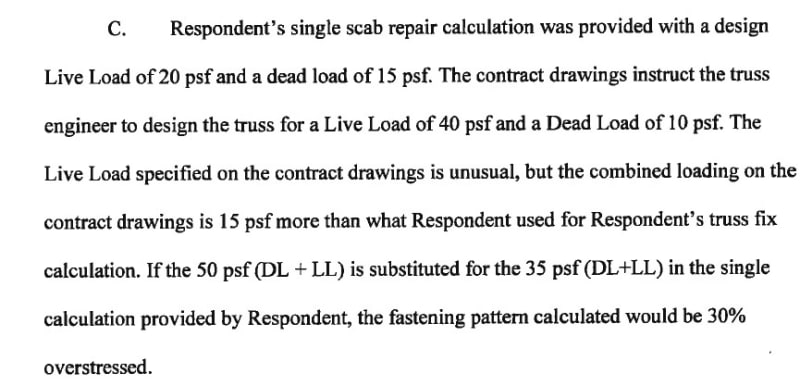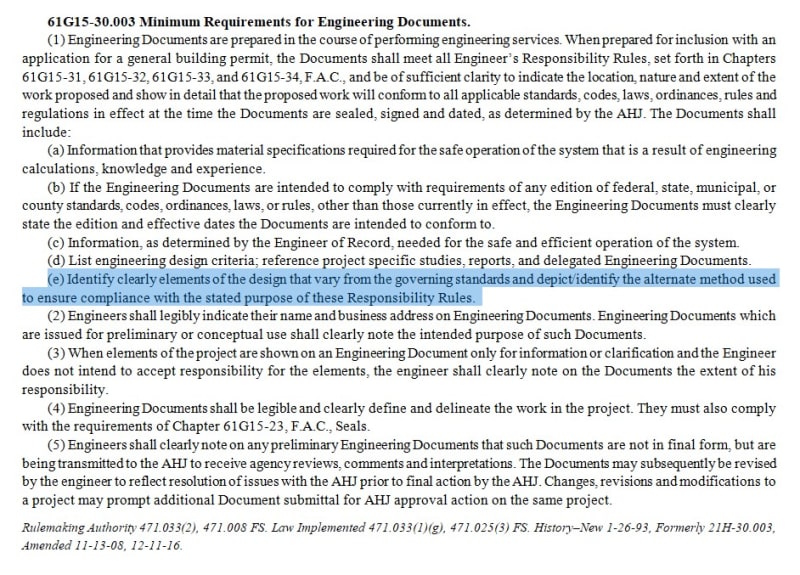kissymoose
Structural
- Nov 9, 2017
- 200
Summary:
A structural engineer was called in to assess foundation cracks in a 63 unit apartment under construction back in December and concluded there were deficiencies in the design.
He calls the EOR and is informed they have produced many of similar design, then calls the New Brunswick association and hands it over to them.
Since then the engineer's licensed has been suspended/rescinded from multiple associations and multiple lawsuits have been filed.
The city of Dieppe said it has identified 20 buildings associated with the engineer, but who knows what the scope of work is to identify any other deficiencies.
"Match admits to under design of the transfer slab and certain elements, including columns and supports, supporting and connected to the slab..."
"Richardson described the main issue he observed as a concrete transfer slab over the parking garage that's too thin, with too little supporting steel."




